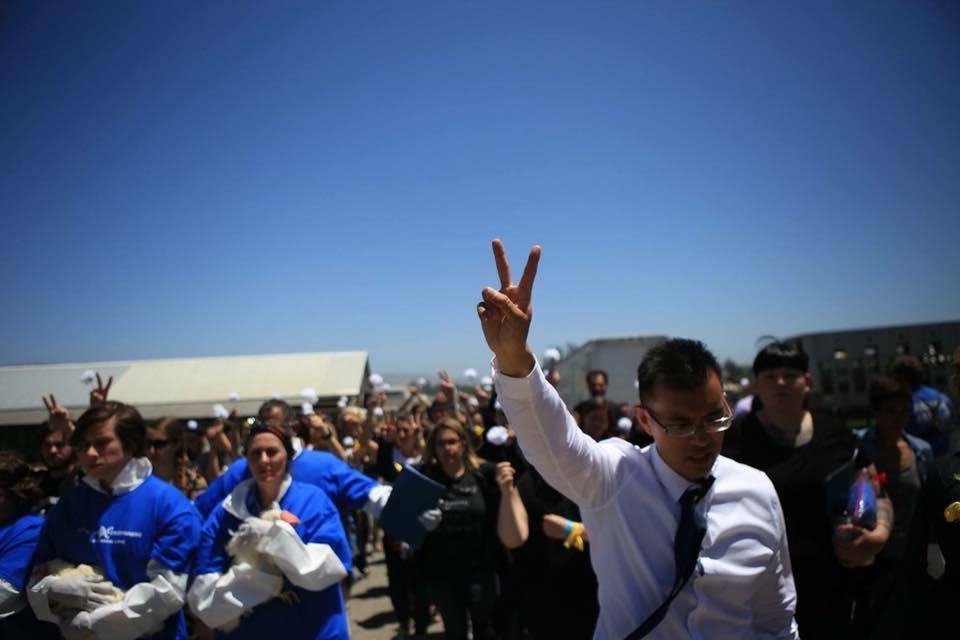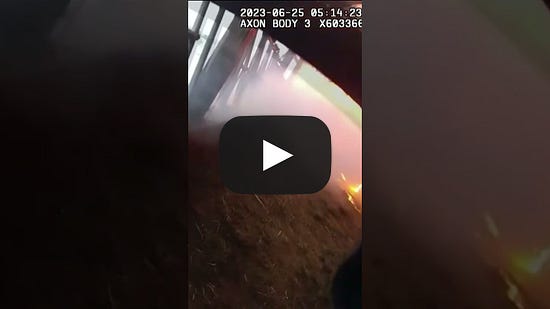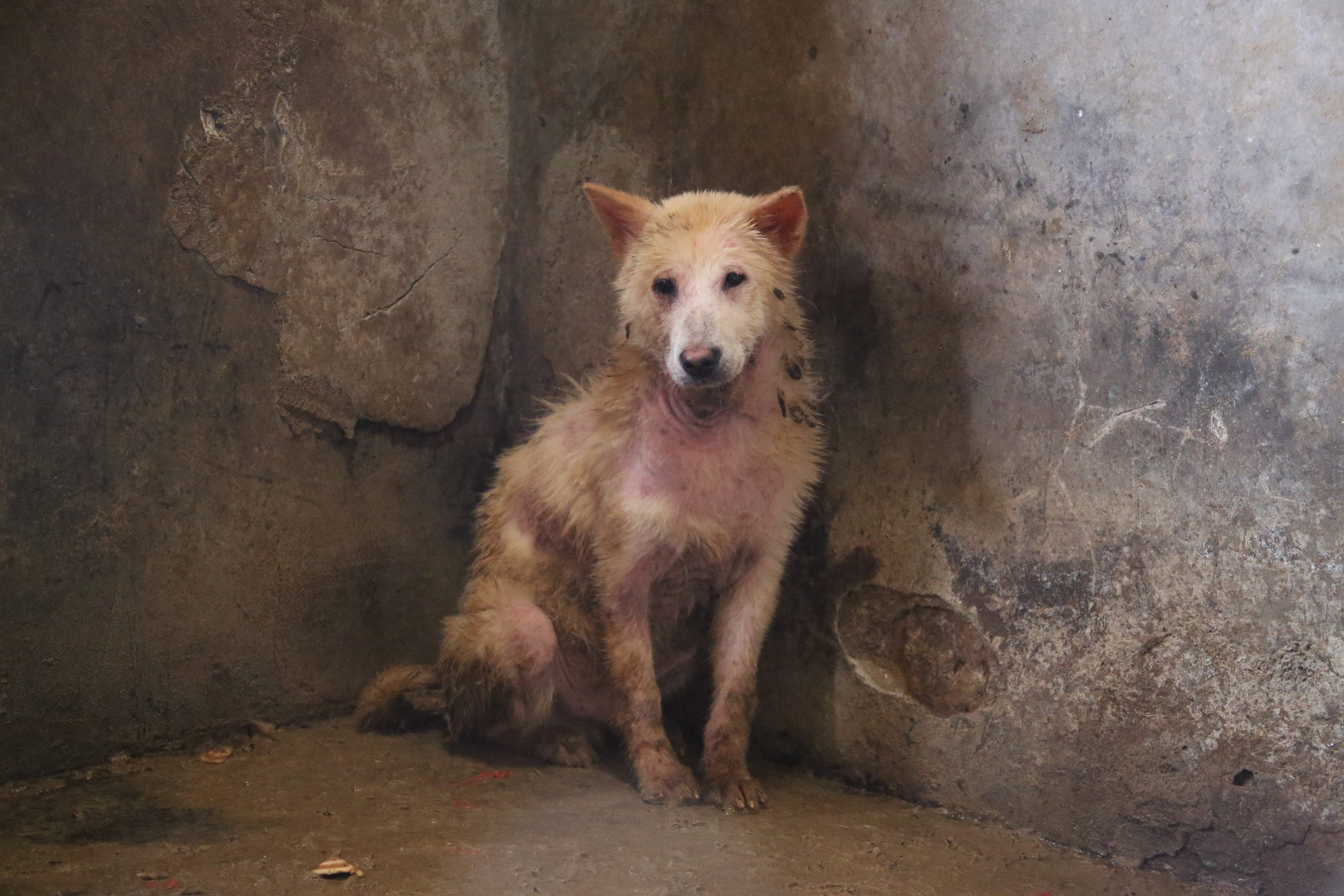|
The Next Stage in the Movement for Mass Open Rescue
In May 2018, five hundred activists walked onto a factory farm and began rescuing sick and dying animals. And we're just getting started.
What’s up this week
In April 2015, I went around the country with a dream: hundreds of people walking peacefully into slaughterhouses and factory farms and taking the animals out. In May 2018, we brought that dream to life, when around five hundred activists, with flowers in our hands, walked onto Sunrise Farms in broad daylight and began giving aid to sick and dying animals we found at the farm. Now, as my felony trial for our actions at Sunrise is about to begin, the movement for mass open rescue is ready for its next stage: normalizing open rescue in the court of law. I explain in today’s newsletter below.
The Open Rescue Leadership Summit starts on August 12 — and will be an opportunity to obtain practical skills to influence the people around you. There will be a panel of lawyers and defendants, a new (Mass) Open Rescue Experience, and a day-long workshop for you to pick up skills and knowledge in storytelling, legal advocacy, and even executing open rescue yourself. It will also be one of the last opportunities to hang out with the defendants before we go to trial — and face potential long-term incarceration. Among the things we hope to teach you: quickly identifying false marketing of animal products in your grocery store. Check out posts Dean and Mirais have made in this regard — and share something on your social media about cage-free egg farms, too, with the hashtag #SonomaRescueTrial. (If what Dean and Mirais wrote sounds intimidating, simply sharing this blog post about cage-free eggs is a great alternative!) The public has the right to know what’s being sold to them — and that people are facing prison for exposing the true conditions inside these farms.
There are two other events coming up in LA (July 26) and SF (July 30). The first is in Southern California on Wednesday, July 26. I’ll be there to see LA folks for the last time before trial — and drum up support for the Sonoma trial. Send me a note if you’re in the area and interested in joining! The second is our monthly Open Rescue Advocates meeting on Sunday, July 30. This is a monthly meeting of supporters of open rescue, organized by The Simple Heart, and we have a great opportunity to all meet and hear from Adam Durand, the first person in American history to serve jail time for open rescue.
Earlier this month, a police officer in Wisconsin ran into a burning barn and rescued three cows who were nearly killed by the fire. By the logic of recent prosecutions, shouldn’t the government charge this officer, too? He had no permission to enter, and officers are not allowed to enter someone else’s property without a warrant. The fact that he has been celebrated, and not charged, is a reflection of a legal and moral truth: we have the right to openly rescue animals from danger.
I’ve officially stepped back from all roles at Direct Action Everywhere. It’s been a great run, and I’m proud of the team that continues to do that work. But on a forward-going basis, all my activism will be done under The Simple Heart. Read more here.
The dark mark
My first experience at a slaughterhouse was a nightmare.
I was 8, and visiting mainland China for the first time in the late 1980s. And what should have been a celebratory journey, of my family coming home after forty years of exile, turned dark when I saw that dogs were on the menu.
Unlike American restaurants, where the slaughter happens in industrial facilities that are far away, in China there is an emphasis on fresh meat. So the meat for this meal would be harvested from a cage right outside. We could pick the exact animal we wanted to eat — and see her killed before our very eyes. When I saw the dogs in cages, huddling in fear and awaiting slaughter, I broke down in tears.
Many of us, who have taken the Green Pill — i.e., awakened ourselves to animal suffering — have had similar experiences. Perhaps there’s one image, story, or even sound of suffering that has left a dark mark in you that has never gone away. That mark weighs on us, like a metal chain burning into our neck. For me, it has led to decades of nightmares; I still regularly wake up in the middle of the night, screaming, as images of dogs being killed flash before my eyes.
But one of the curious things about this dark mark is that there is an easy cure. It turns our nightmares into dreams: open rescue. And back in 2015, I went around the country with a simple message. We can make that dream come true.
From nightmare to dream
The grassroots animal rights movement was in a state of fear through most of the early 2010s. The Animal Enterprise Terrorism Act, and ag-gag laws, had chilled many activists from engaging in even the most innocent acts of dissent. I regularly heard from activists who were afraid that leafleting about factory farms could lead them to be charged as terrorists!
The notion that we could simply walk into an animal abusing facility, and rescue them, seemed like a fantasy at a time like this. And yet, for a group of us who began meeting in the Bay Area in the year 2012, with the team that eventually became Direct Action Everywhere (DxE), that fantasy was our North Star.
“We just have kick the doors down and get the animals out,” I said at a meeting. “How is this any different than a dog in a hot car?”
I was specially trained to make this argument, as an attorney who was familiar with a little-known provision of California law that authorized citizens to rescue animals. But the central point I was making was not legal but ethical. I believed that ordinary people would support us, if we made efforts to rescue animals in distress. And when I started hearing people’s responses to this message I realized that we were on the cusp of a movement.
“I’m going to say it again. We need to rescue the animals, no matter what it takes.”
Up to this point, the meeting had been unfocused but fun. We were not sure what we wanted to do, or even why we wanted to do it. But those words – we need to rescue the animals, no matter what it takes – instantly captured everyone’s attention. We looked around at each other, nodding our heads, and realized that we had found our purpose.
But it was not just our crack team of activists – Ronnie, Priya, and friends — who were inspired by this vision. Everywhere I spoke to people about animal abuse, even outside of the animal rights community, people were inspired by the idea of rescuing the animals.
“This is awful,” people would regularly say to me. “What can be done?”
“We need to rescue them,” I would reply. “And give them the care and love that they deserve.”
People’s eyes would widen, and sometimes they’d look at me for a moment open-mouthed. They always expected me to say something like, “Buy cage-free” or “go vegan.” The thought of simply fixing the problem directly — stopping the violence, with our own hands — was equal parts shocking and exciting, even to people who were new to the issue.
And it was not just DxE that saw the power of rescue. A couple years later, as social media became ascendant, a little platform called The Dodo was launched, with a focus on animal rescue. It has since become one of the most dominant platforms on social media. Everyone, not just animal rights supporters, is inspired by the idea of rescuing animals from abuse.
But inspiration was not the same as action. So, in 2015, after DxE fulfilled its founding mission by rescuing Mei from a fate worse than death, we went on tour again. This time, however, we were not just looking for support. We were looking for people to walk with us into places of violence.
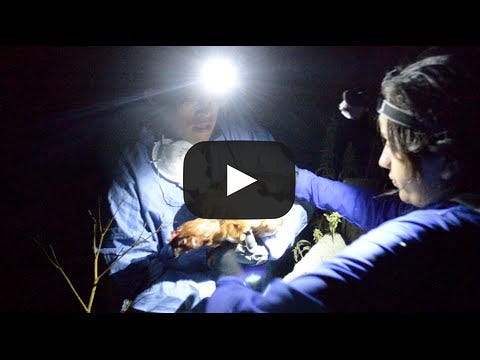
Building a movement for rescue
The open rescue tour of April 2015 was perhaps the most successful outreach effort in DxE history. We not only super charged the growth of the international network of DxE activists but inspired over a dozen teams of independent activists to rescue animals themselves. But throughout the tour, there was a bigger vision at stake: rescuing animals, en masse, in broad daylight.
The rescues that had happened in US history, up to that point, always happened under cover of night, with just a half dozen or so people involved. This, I thought, was a sign of weakness. it was a sign that we did not truly believe what we said we believed. After all, if rescue was the right thing to do, and the legal thing to do, why scamper around in the night? And why do it in such secretive fashion, with only a few people involved?
And so on that tour, I set out a challenge for the movement. Envision a world where the people have risen up against the abuses of animal agriculture, where the government assisted us in rescuing animals rather than prosecuting us, and where every slaughterhouse on this planet had been transformed to sanctuary. I blogged about this vision. I made videos about it. An aspiring young songwriter, Ernesto Melchor, even wrote a song about it, The Storm, which remains among the best songs ever written about animal rights.
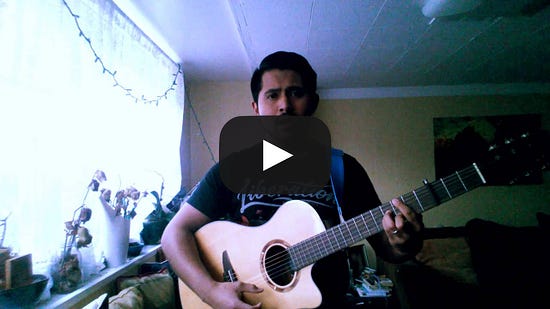
So many people were inspired by this vision that I became confident, almost instantly after I went on tour, that we could make it a reality.
And that is exactly what happened, 3 years later, in May 2018. Over 500 of us walked peacefully into Sunrise Farms, after calling the police to ask for their aid, and began walking out with sick and injured animals in our arms.
This stunning transformation in the movement — from being too scared to leaflet, to walking openly into places of violence to rescue the animals — was not a product of unique skill or charisma. It was a demonstration of the power of rescue.
We rescue the animals, no matter what it takes.
Those words rang in the souls of so many; people were begging to join in our actions. It was the proof of concept I needed. Open rescue, I was confident, was going to change the world.
The repression begins
We were not the only ones who saw the power of rescue, however. Increasingly, industry forces, and their allies in government, began to see the movement of rescue as an existential threat. A prominent ag publication speculated that DxE, despite its comparatively tiny budget, might be “the most dangerous animal rights organization out there.” I was on the front page of not just one but two of the industry’s front groups – Activist Facts and the Center for Consumer Freedom – focused on taking down animal rights activists. And as is always the case with effective movements, the status quo powers attempted to clamp down. After 3 years of increasingly successful open rescues, suddenly there was a wave of prosecutions, across the nation, targeting the rescuers.
And the repression worked.
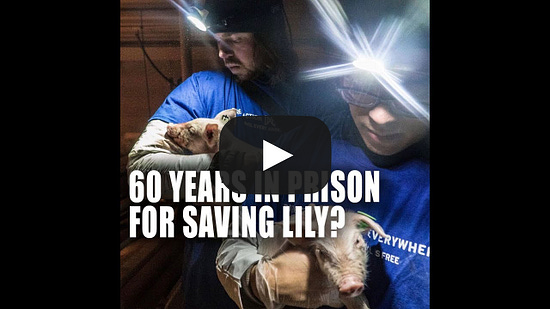
I am living proof of that. After facing four separate felony prosecutions, in rapid succession starting in the middle of 2018, I took a leave from open rescue work. Then, in 2019, I left leadership in DxE, and I stopped advocating for open rescue. (I did some other odd things, like run for Mayor in Berkeley, but none were as impactful as the work I did as a rescuer from 2013-2018.)
And I was not alone in stepping away from open rescue. Virtually all the members of DxE leadership who were charged, along with leadership in other organizations such as Meat the Victims, stopped doing rescue work in the face of legal repression.
This led to not just a loss of some of the movement’s most experienced investigators and rescuers but the momentum for a mass movement. After all, if even the leaders stopped in the face of repression, then how could we expect the masses of ordinary people who walked onto factory farms with us in 2018 to continue doing the work?
Perhaps most importantly, with the rescue movement stalled, we lost our connection to the narratives that inspired so many people, vegan or non-vegan, to support our movement. Back in 2015 when people asked, “What can I do?” I had a powerful answer — rescue the animals. But after 2018, the answer became more complicated: sign our petition to get charges dropped; donate to our legal defense; or come out to support us in court.
All of those things are helpful. But the core narrative of the movement — the thing that cured the dark mark that had been cast over human civilization — had been lost.
The number of rescues and rescuers decreased, as did the stories that inspired people across the globe. The result was a movement that was increasingly abstract, ideological, and removed from the powerful stories and lived experiences of the victims we represented. Without rescue, we were a movement without a soul.
Making repression backfire
The stalling of the movement for rescue was not inevitable. I and others in leadership could have continued doing the work, even in the face of repression. If I had known that we would win two historic victories in court, that is surely what I would have done. But it turns out that even I was insufficiently confident in our message. I doubted the power of rescue.
But the stalling of a movement is not permanent. There is time for us to seize this opportunity again, and build a mass movement for rescue.
What this will take, however, is not just leadership willing to continue doing the work, and being true to those original words – we rescue the animals, no matter what it takes –but a strategy for scaling up our rescue efforts. Inspiration alone was enough to build the initial energy for a movement; strategy is required to amplify that energy into something powerful enough to change the world.
And here are a few things that strategy will require:
Leadership development. We need to focus our movement’s energy on developing a large base of people who have the skill, confidence, and empathy to lead. This was a mistake I made early on as an organizer. I did not recognize the importance of cultivating leaders.
Filters for activist participation. We need to develop both a culture and systems that shield the movement from its most toxic components, and that draw in the people with the greatest commitment, character, and talent. Research shows that a single person engaging in toxic behavior (jerks, slackers, or doubters) can bring an entire team down. And, while numbers ultimately define our power, it is widely understood by long-time organizers that there are some activists who – whether because of intrinsic talents or the right biographical availability – have tremendous impacts beyond a typical volunteer. We should be finding and empowering these people.
Strong cultural values that “live” in the movement. We need shared values that relate not only to how we interact with the world (e.g., nonviolence, bravery) but how we interact with each other (e.g., radical candor, dependability, and assumptions of good faith). It’s the only way to build the trust necessary for risk and collaboration.
Theories (and evidence) of scale. Everything we do needs to focus on going from here to one million people participating. And if the things we’re doing aren’t getting us there, we need to be willing to quickly adapt.
There are so many other things that the movement for rescue must do in order to effectively respond to repression and continue to grow.
But let me end with a last one: see the vision. Ernesto believed, when he wrote The Storm back in 2015, that there would come a day when people would simply walk into slaughterhouses and walk out with the animals in our arms. Now we need the confidence to take the movement for rescue into the next stage. We need to prove that we truly will rescue the animals, even in the face of legal repression and movement infighting. We need to rescue the animals, no matter what it takes.
And we need you to be a part of it.
